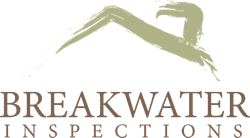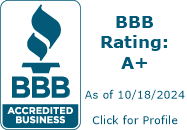What does an inspection cover?
A home or building inspection covers or assesses many areas of a building and property. It is important to consider that a building inspection is a visual, non-invasive, and non-destructive assessment of building. This means that the readily accessible and visible areas are inspected. Holes or other means of access cannot be made in walls or ceilings. Wall to wall carpeting cannot be lifted to removed. Building components (trim, siding boards, etc) that are permanently installed are not removed.
As part this inspection, the following will be looked at:
• Roofing and attics (inclusive of chimneys) – for general integrity, breaches, faults, issues and factors affecting the structure
• Exteriors – for overall condition, areas of rot and decay, and potential issues to be concerned about
• Surrounding area – for issues and conditions that may be an encumbrance to the building
• Structure and foundation – for overall condition, structural integrity, cracking, shifting, settling, and potential issues resulting in water leaks or other concerns
• Basements and crawlspaces – for weather-tightness, potential pest or moisture intrusion issues, overall condition and any areas of concern
• Electrical systems – for safety issues and compliance with current inspection standards, overall quality of the electrical system as a whole
• Plumbing systems and fixtures – for compliance with current inspection standards, and an assessment of leaks or other faults
• Heating and cooling systems – overall functioning of the system(s) and any safety concerns or issues
• Interior rooms and spaces – for general integrity of the interior space, safety issues, potential pest or water intrusion
• Insulation and ventilation – general overall assessment of the adequacy of the insulation in the accessible areas of the building, potential safety concerns (e.g. asbestos), presence or absence of the essential types of ventilation buildings should have
• Pests – visual assessment of the presence of pests in the living space(s) (e.g. bees, wasps, ants, rodents, etc)
• Mold – a visual assessment for the presence of fungal organic growth (commonly mold) is conducted, and the findings of either suspected mold or areas that have the potential for mold growth are noted and reported (more information about mold inspections and testing are available on the mold page)*
• Fireplaces and stoves – for general safety and potential operating concerns with fireplaces, wood stoves, and gas stoves
• Chimney inspection – for general condition, safety issues, visible faults, and any conditions of issues that would affect the usability
• Decks and porches – for structural concerns, rot and pest damage, and significant design flaws
• Garages and outbuildings – for general integrity of the structure, integrity of the systems in the garage and outbuilding (usually at least electric), safety concerns, potential intrusion by pests or moisture*
• Thermal imaging – this may be included for the purposes of diagnosing water leak issues, mold issues, and insulation issues (a complete thermal image scan and analysis of the building is available as a separate service offering*)
• Docks – a visual inspection of the visible (above the waterline) areas and components of the dock for evidence of decay, safety issues, general fit for purpose of the dock (please note that this is not an engineering study)*
(*Additional charges may apply)





